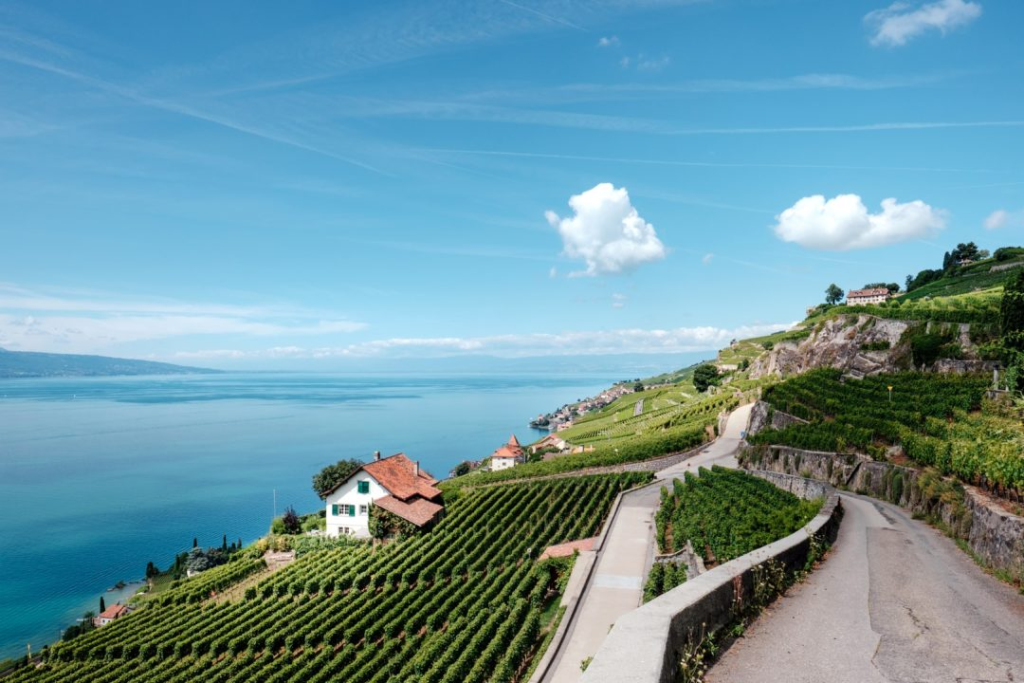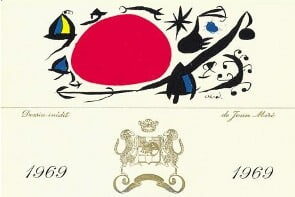publié par
|
Souvent sous-estimé voire inconnu, ces deux facteurs sont deux paramètres essentiels à la culture de la vigne et la compréhension des vins. La vigne exige des conditions très particulières afin d’être cultivée de manière optimale. Exigeante, elle ne peut pousser qu’entre la 28e et la 50e latitude sous un climat relativement tempéré. Malgré les progrès incroyables et les prouesses techniques qui font que l’on parvient à cultiver la vigne dans des pays improbables tel que la Thaïlande ou Cuba, la liane la plus domestiquée du monde ne produit pas ses meilleurs fruits dans de telles conditions.
Les terroirs, correspondant à une combinaison de sol mais aussi de climat, sont différents selon les continents, les pays, les régions et même à quelques mètres seulement ! Comprenez avec nous les impacts de ces sols et climats.
I – Une histoire millénaire pour les comprendre
Vous l’aurez compris, la vigne, qui a tant fasciné les hommes à travers les siècles et qui a pu être un véritable signe de civilisation, n’a pas pu s’ériger sur tous les sols. Les conditions de culture de la vigne sont relativement complexes. A en croire la diversité des vins, ce n’est pas une chose facile à comprendre. En effet, cela a demandé des siècles et des siècles mais aussi et surtout beaucoup d’acteurs.
As we’ve mentioned, these vines which have fascinated mankind throughout the centuries and have been a true symbol of civilisation were not able to prosper anywhere. The desired conditions for vine-growing are relatively complex, especially when you look at the broad range of wines they can deliver. Indeed, expertise on the subject has required centuries of trial and error and a great deal of contributors.
Vines were firstly cultivated in Iran and Georgia before being propagated by the Greek and the Romans. These folks were able to understand where the vines could settle down and grow. However, monks and and other clergymen were the first to really understand the importance of soils and climate diversity. The first notable distinction took place under Charlemagne, when monks received patches of land it Burgundy and and decided to split them up into smaller plots. They have been maintained in the region and are locally referred to as “climates”. This definition is universally associated to the word “terroir”. From that point onwards, the significant differences between two neighbouring sites have been better understood and analysed.
Even today, experts are still studying these soils and climates in order to increase their understanding of them, but most importantly to better grasp the needs of the grapevine. Whether it took place in plains or on hillsides, domestication has taken a fair amount of time. It’s thanks to this history and experience that enthusiasts are able to craft excellent wines today. It goes without saying that these winemakers have a huge responsibility on their shoulders and sometimes require more than a lifetime to truly understand their land and produce the very best from their soils, depending on the vintage year. Following this logic, we happen upon an essential aspect of winemaking: legacy and passing it along.

II – A very specific environment

Grapevines are quite fussy and call for very specific conditions. Hillsides fulfil these conditions beautifully. They combine several properties which are very advantageous for the vine, the most important being the diversity of the soil. Indeed, on a slope, we can find several different profiles of ground and underground (also very important) between the top and the bottom of the hillside. This multiplicity is very good for the grapevine. In addition, the specific angle of the slope can provide the vines with beneficial sun exposure. For example, in the region of the northern Rhone Valley, the Hill which hosts the Hermitage is the only one facing directly south, one of the factors which make this AOC quite exceptional. This is the beginning of the link between soils and climate.
Grapevines do very well with a constant and low debit water supply. France, however, as opposed to many New World Countries, has banned irrigation. This rule results in fluctuation between different years, as nature reclaims its rights. In order to prevent this, the underground must be a good match with the geographic properties of the soil and climate above.
For example, in climates in which it frequently rains, soils with weak water retention properties will help the vine. Their permeability will let the vine take up the water it needs without drowning it so it can work efficiently. An example of such land would a ground composed of sand and gravel or pebbles. On the other hand, where rain is scarce, land with high water retention will provide the vines with the water it needs during droughts. A good example here would be limestone.
How deep the roots go will also depend on the soil. They will dig deeper in lands with low water retention then those which soak up most of the rainfall.
III – Types of soil and ground
The vocabulary in this area isn’t particularly straightforward, which is why we won’t delve too deep into it. Mostly so that you’re able to grasp the key concerns without being overwhelmed by the technicalities, also because we are most definitely not geologists! There are about 30 varieties of terrain in total, which provides us with a broad palette of options to pull together different vintages.

Clay soils are very well-known, especially on the very reputable terroir of Château Petrus (where it’s they are combined with gravel). This soil slows down the ripening process by its relatively cool environment. You may also find it on the right bank of the Bordeaux region.
In Burgundy, and notably in Chablis, we find Calcareous soils. This type of land is known for producing extremely fine wines, and they make the vine work particularly hard since they do not retain water on the long term.
To the contrary, chalky soil lets rainfall run deep before its absorbed. It then provides the vine with water in a constant, limited flow. Perfect! These soils are very popular for making white wine in the northern regions of France, such as Loire or Champagne.

Marl, or marlstone is a combination of clay and limestone. A match made in heaven which forms the base of exceptional terroirs, where they deliver power and finesse.
Now if we have a look at local terrain, in the Beaujolais and Rhone Valley, we find soils composed of granite. They let indulgent fruit aromas come though as well as high minerality. A little more to the south of the Rhone valley, we happen upon rounded pebbles in the soil. Their number one fan? Châteauneuf-du-Pape of course! They have an interesting capacity to hoard the heat they receive during the day and release during the night. In this type of soil, vines must work hard to retrieve the nutrients required for proper growth.
The “graves” are a type of soil commonly associated to the Bordeaux region, In particular the Left Bank. Its essentially a mix between pebbles, sand and clay and just like rounded pebbles, this soil can save up heat to deliver it at night time. This ground is known for making wine which can keep and improve for quite a while.
Finally, a terroir mostly associated to the Languedoc-Roussilon is that of rocky schistose soil. You also find them in Côte Rôtie (North of the Rhone Valley), in Loire and in Anjou. This soil provides the vines with a great deal of nutrients.

IV – Climates
Climates in wine regions are a little easier to remember since they share their names with basic geographical climate. The names aren’t specific to the world of wine. That isn’t to say they aren’t just as important and significant. Climate is a key factor, which impacts the selection of grape varieties and the vintages. Droughts, excessive rain, cloudy summers, frost… there are many aspects of climate which can harm a good vintage. .
In France you may encounter four main climates. The mountain climate, with very cold winters and cool summers. The varieties cultivated in this environment are quite specific, like in Savoie, Jura or Pyrenees. The continental climate, known for its warm and dry summers which replace a chilly winter season. You may find this climate in Burgundy or the North of the Rhone Valley (The south receives peculiar mistral winds). You might also hear someone mention semi-continental climates, when they are under an Atlantic or Mediterranean influence as is the case for Champagne.
The Mediterranean climate is particularly prone to vine growing. It is found in the touth of France, in Provence or in Languedoc, but also in certain regions of Spain and Italy. Warm summers and soft winters are the main properties of this climate. A little bit more chilly but also quite warm during summer, we have the Atlantic Climate, which is known for having large amounts of rainfall like in the Bordeaux region and Portugal.
IV – Climates
These climates differ by their average temperature, their exposure to sunshine (the number of sunny days per year) and rainfall (mm of rainfall per year). Some regions also host different microclimates. They constitute specific terroirs among many others and depend on a different sun exposure, different soils and produce different grapes and wines. In France we call them “Lieux dits”, or as mentioned above “Climats” in Burgundy. If we were to mention only the most famous, we’d specify that Romanée Conti boasts a true microclimate.




1 commentaire ⯅
Bonne entrée en matière !